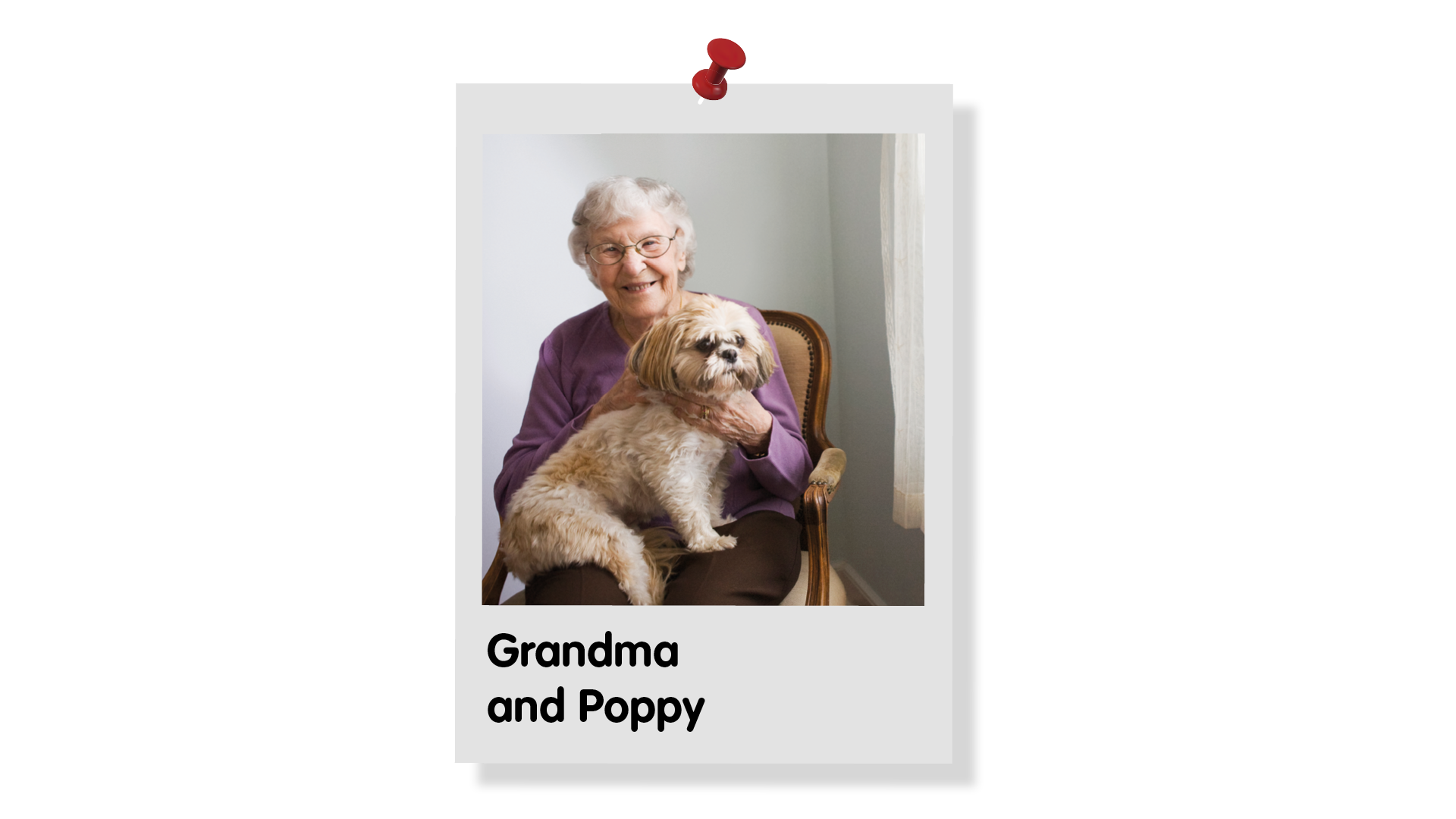Carbon Monoxide Alarm Regulations: Are you ready?
Independent, registered charity CO-Gas Safety supports parliamentary campaign on
carbon monoxide alarms
This year, the laws are changing for smoke and carbon monoxide alarms in homes in the UK, meaning that many more domestic properties will be legally required to have such alarms.
To raise awareness of the new rules, CO-Gas Safety is delighted to support the Carbon Monoxide Alarms Save Lives campaign, which will run from 11 July to 28 August this year. The campaign is being supported by Britain’s four gas distribution networks: Wales & West Utilities, SGN, Northern Gas Networks, and Cadent. Each week there will be new digital resources to download via the campaign homepage.
The campaign will explain what carbon monoxide is, how to stay safe, and why households need to install carbon monoxide alarms. Carbon monoxide cannot be seen or smelled, making alarms vital. Homes need to have an alarm that can alert occupants to dangerous levels of carbon monoxide to protect them from serious harm or even death.
‘CO-Gas Safety has been lobbying for raised awareness and testing of Carbon Monoxide since its launch in 1995. We believed that CO alarms would save lives and managed to join the British Standards committee on CO alarms as soon as we could. We were delighted by the EN standard 50291. CO alarms to EN 50291 bought direct from the manufacturers or from reputable retailers (e.g. DIY stores/supermarkets) do save lives. Please be aware that CO alarms are no substitute for regular servicing by qualified people and chimney/flue cleaning. CO alarms, even to EN 50291 are not health monitors. Please buy one now, get it out of the box and get it working. Your life or that of your loved ones may well depend on it! Thank you.’
The change to the law follows years of campaigning by the All-Party Parliamentary Carbon Monoxide Group, and others which CO-Gas Safety is proud to support.
Barry Sheerman MP, chair of the All-Party Parliamentary Carbon Monoxide Group says:
“By making carbon monoxide alarms a legal requirement, governments are sending a strong message – carbon monoxide is seriously harmful. If you don’t have an alarm, you need to get one for your home as soon as possible.
“Carbon monoxide poisoning can kill. It can cause harm to our vital organs and is particularly dangerous for pregnant women and children. Please join our campaign to spread the word about carbon monoxide alarms this summer – and make sure your home is protected.”
You can get involved with the campaign too – check out the campaign homepage from 11 July 2022 or email laura.fatah@policyconnect.org.uk to sign up for the weekly campaign emails.
For help understanding these duties and regulations, or to seek legal advice, please contact Citizens Advice, who provide a free advice service for England, Scotland, Wales, and Northern Ireland.
__________________________________________________________________________________
Notes for editors
What is carbon monoxide?
Carbon monoxide can form when any carbon-based fuel is burnt. Typical sources include gas appliances, petrol engines, and solid fuel (e.g., fires and stoves). The NHS states that severe carbon monoxide poisoning causes around 60 accidental deaths in England and Wales every year. Exposure to carbon monoxide at sub-lethal levels causes common, non-specific symptoms, (e.g., headaches, nausea, dizziness), and therefore is thought to be under-reported.
The regulations for each nation in detail
Scotland
Since February 1st, 2022, all Scottish homes are required to have a carbon monoxide alarm in all rooms where there is a fixed combustion appliance (excluding an appliance used solely for cooking) or a flue. In rented properties, landlords are responsible for supplying the alarm. Carbon monoxide alarms must meet the relevant British Standards (EN 50291-1), and must have ‘a sealed battery for the duration of its lifespan’ to prevent tampering or the need for battery changes.
England
The Smoke and Carbon Monoxide Alarm (Amendment) Regulations 2022 will come into force on October 1st, 2022, in England following debate in the Second Committee for Delegated Legislation on June 20th and approval in the House of Commons on June 21st. These changes will require carbon monoxide alarms to be installed in all rented accommodation and new build properties where there is a fixed combustion appliance, excluding gas cookers. Carbon monoxide alarms are also required when a fixed combustion appliance (excluding gas cookers) is first installed in any home. Both private and social sector landlords will have a duty to repair or replace alarms, once informed that they are faulty.
Wales
The Welsh Government recently announced that it will bring forward changes from December 2022 1st (delayed from July 15th, 2022) with the Renting Homes (Wales) Act 2016, which under the regulations for Fitness for human habitation (FFHH) will require landlords to ensure working carbon monoxide detectors are fitted in their properties where there is any gas appliance, an oil-fired combustion appliance or a solid fuel burning combustion appliance.
Northern Ireland
Carbon monoxide alarms are a mandatory requirement for all homes where a new fossil fuel appliance is installed in Northern Ireland, after a change to The Building Regulations (Northern Ireland) 2012 came into operation on 31 October 2012. The Private Tenancies Act, which requires carbon monoxide alarms to be installed in privately rented homes and places a duty on landlords to repair them, received Royal Assent on 27 April 2022.
About the All-Party Group
The All-Party Parliamentary Carbon Monoxide Group (APPCOG) is the leading forum for parliamentarians from both the Houses of Commons and Lords to work together to address carbon monoxide (CO) poisoning. Through its busy programme of events and research, the Group seeks to push the vital issue of carbon monoxide safety up the political agenda, to improve government policy, to support research and to raise public awareness of the threat posed by carbon monoxide. The All-Party Group is supported by the think tank Policy Connect and receives funding from the four Gas Distribution Networks (GDNs) to carry out its work.
For more information, please email the secretariat for the All-Party Parliamentary Carbon Monoxide Group (APPCOG), Laura Fatah at laura.fatah@polciyconnect.org.uk





